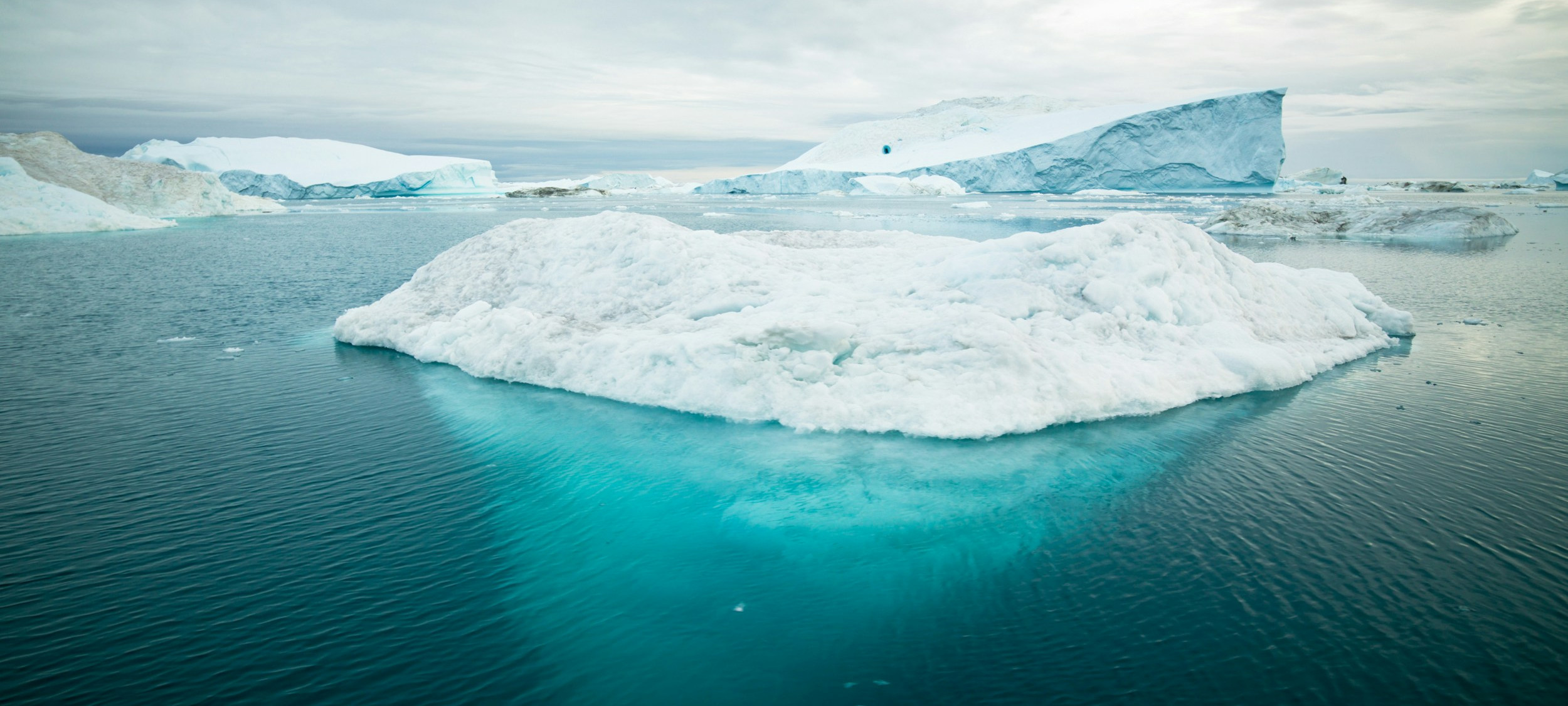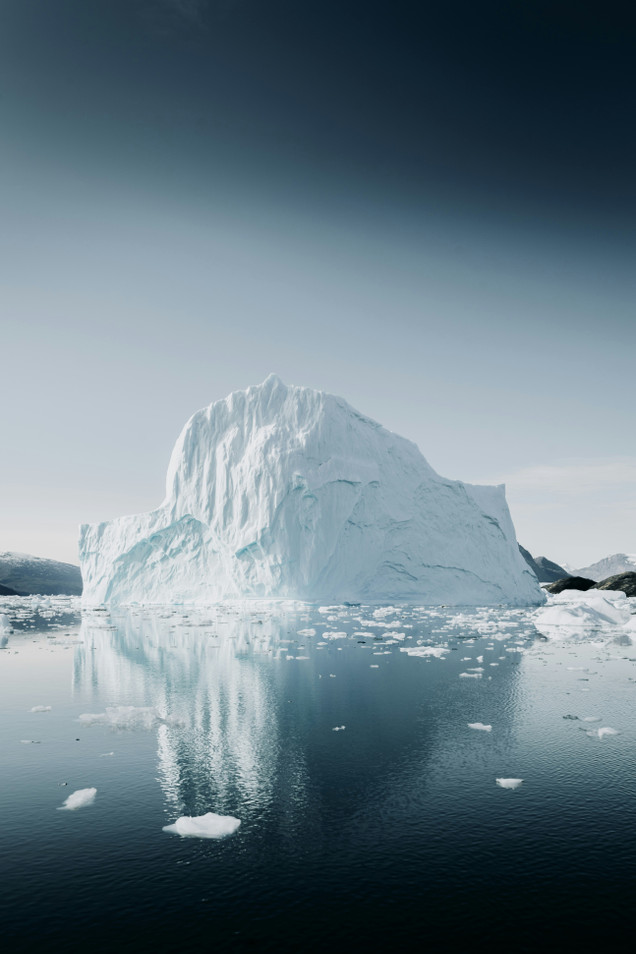
© Alexander Hafemann / Unsplash
WORLD OCEAN REVIEW: Urgently sought – ways out of the climate crisis
There is only one solution to the climate crisis – greenhouse gas neutrality
We have known for decades that the Earth’s atmosphere is warming and the climate is changing, and that this is caused by our emissions of greenhouse gases. Our mindsets, however, have remained unchanged and precious time has been wasted. Only now, with dramatic impacts becoming increasingly obvious, are leaders starting to make serious efforts to find solutions. They are forced to recognize that merely reducing greenhouse gases is not enough to keep climate change within tolerable limits.
With their emissions of greenhouse gases over the past 120 to 170 years, humans have caused global surface temperatures to increase by around 1.15 degrees Celsius. Because of this warming, many components of the Earth’s climate have been changing at rates that our planet has not experienced in thousands of years. The consequences of climate change are harming humanity and nature to an increasing degree and are slowly depriving people of their basic needs. Foremost among these are health and physical integrity, along with sufficient water and food.
The increasing occurrence of extreme events presents a particular danger.
World Ocean Review

Fig.: This iceberg has broken off the Greenland Ice Sheet. Since 1996, the Greenland Ice Sheet has lost more ice due to surface melting and iceberg calving than can be formed through the compression of fresh snow.
All regions of the Earth are being affected by climate change. The magnitude of the changes and the consequences and risks for people and nature, however, vary from one region to another. The increasing occurrence of extreme events presents a particular danger. If heat waves, heavy rains, severe storms, droughts or floods occur simultaneously, the overall risk is multiplied and it becomes more difficult for people and nature to respond effectively. Climate change also magnifies the risks of other man-made stressors such as environmental degradation, resource over-exploitation and urbanization, further curtailing the adaptive capacities of all inhabitants of the Earth.
Every additional tenth of a degree of warming provides climate change with more momentum.
World Ocean Review
Every additional tenth of a degree of warming provides climate change with more momentum. This means that the magnitude and the extreme rate of the changes, as well as the consequences and risks, increase with every added temperature rise. Escalation of the climate and biodiversity crises can only be addressed through effective adaptive measures, along with avoidance of any further.
Fig.: The increasing frequency and intensity of extreme events pose a genuine threat to plants and animals. The more frequently an individual species or entire ecosystem is affected by an extreme event and the less time organisms have to recover from the shock, the greater the risk that they will die out locally.
Even with very ambitious climate policies, climate scientists assume that the international community will still be emitting residual greenhouse gases in the middle of the 21st century including carbon dioxide residues, but especially methane (CH4) and nitrous oxide (N2O). These hard- to-eliminate residual emissions are generated by cement and steel production, aviation and heavyduty transport, but also by agriculture and the burning of waste.
Fig.: When extreme heat is compounded by high humidity, the human body can quickly overheat – a potentially life-threatening situation. This figure from the IPCC shows the various regions of the world where people will be exposed to the risk of overheating (hyperthermia) in future and for how many days a year. The core message: the sooner climate change is curbed, the fewer people will be exposed to this threat to life.
From: World Ocean Review No. 8, 2024, Hamburg.
To stop global warming, the residual emissions will have to be offset. This will require equal amounts of carbon dioxide to be removed from the atmosphere, and feasible ideas exist for achieving this. They focus either on the expansion of natural carbon sinks or are based on technological approaches. Furthermore, the capture methods are classified according to the time frame in which the carbon dioxide is removed from the atmosphere and by the scale at which they can be applied.
In many cases, however, the possible risks associated with a given method are not clear, particularly the costs and whether the necessary technology is sufficiently developed and ready to be employed. Thus, elementary knowledge is lacking for measures that will soon need to be carried out at industrial scale to achieve the goal of greenhouse gas neutrality in the future. One thing is certain: Measures to remove carbon dioxide can never be used as an excuse to continue the avoidable emission of greenhouse gases because, ultimately, every single tonne of carbon dioxide avoided counts in the fight against the climate and biodiversity crises.
Published with the kind permission of maribus gGmbH.
mareverlag founded the non-profit organisation maribus in 2008 to raise public awareness of marine science and thus contribute to more effective marine protection. The focus is not on commercial considerations, but solely on raising awareness of marine issues. The World Ocean Review is a unique publication on the state of our oceans, reflecting the current state of science. All WOR issues can be ordered free of charge or downloaded as PDF files: https://worldoceanreview.com/en/
© maribus gGmbH
Acquire article rights
